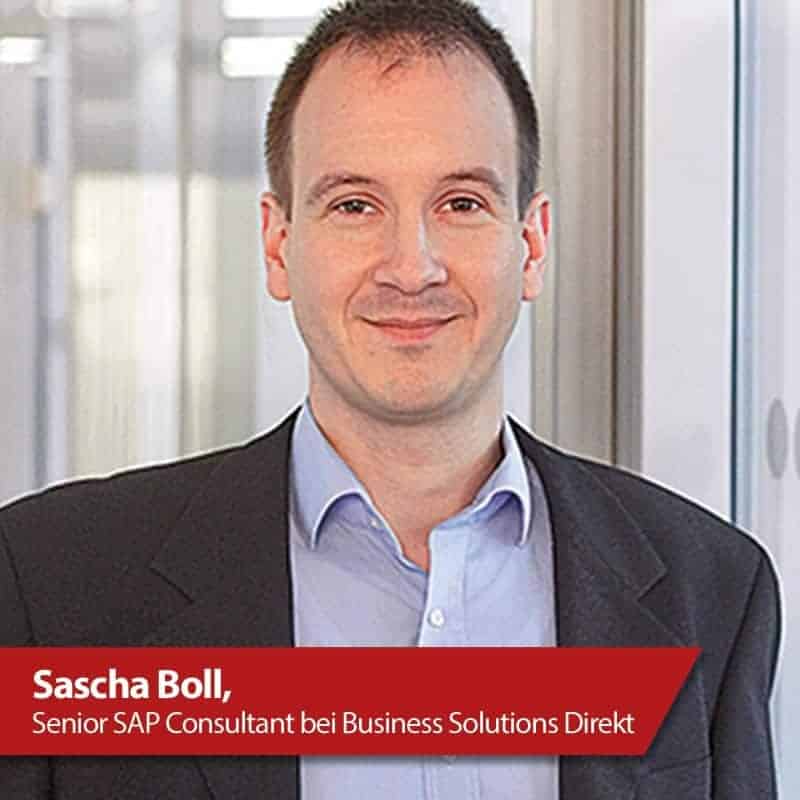Where to put the in-house developments under SAP?
![[shutterstock.com: 379587700, Brian A Jackson]](https://e3mag.com/wp-content/uploads/2020/03/shutterstock_379587700.jpg)

Many SAP managers are currently asking themselves where and in what form in-house developments and individual enhancements should be implemented.
In the past, before the advent of cloud applications, adaptations and additions were always programmed in the core system (Z namespace with Abap modifications), and the high effort involved in upgrading and often performance losses were accepted. For some years now, however, the Walldorf-based software company's maxim has been: keep the core clean.
The core application, S/4, should remain free of custom code. In-house developments should be implemented in side-by-side scenarios. Platforms such as the SAP Cloud Platform (SCP), which allow fast and agile programming as well as the integration of apps and microservices, are ideal for this.
Upgrades to the core systems, which are now far more frequent, therefore run quickly and smoothly. But should all adaptations and additions really be developed outside the core system?
If, for example, only the number of displayed form fields is to be reduced for a specific user group - do you need an extension from the cloud?
In fact, programming outside the core system is not always the best solution. The fundamental questions relate to the user group, the data to be integrated, application scenarios and duration of use.
If employees need to be trained in SAP for the first time, the effort involved must be weighed up. If external user groups such as partners or interested parties are addressed, who may only use some functions on mobile devices, the use of a simple, intuitive user interface has priority. This speaks in favor of development on the cloud platform.

If there is constant data synchronization and access to the data of the core application, it is advisable to make adjustments directly in the core system. This also applies in cases where it is very important to have your own control over the data.
In-house developments on the platform, on the other hand, are the method of choice if data from the core system is predominantly only used in read access via interfaces or if the data is available redundantly and if occasional data synchronization is sufficient.
Closely linked to the integration requirements is the question of the function and the respective application scenario: If the enhancement is used exclusively - and with the same intensity - in the SAP system on-premises, without additional, external services being integrated, the enhancements should also be made directly in the system.
Finally, the duration of use also plays a role: If the application or extension to be created is only needed temporarily, for example for seasonal promotions in retail or for test purposes, then the system should not be burdened with it.
Especially for testing and prototyping, the cloud platform with tools and apps offers the ideal environment for flexible and agile development. On the other hand, a mature in-house development that is intended to run stable and long-term together with the core system is better off on-premises.




